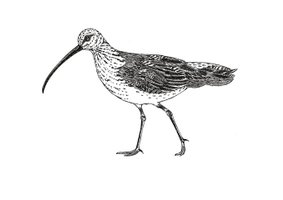Submissions are currently closed and will open again in 2024
Natural Beauty Ecopoetry Anthology
What is Ecopoetry?
Ask for an example of nature poetry and the mind will conjour up Wordsworth's daffodils or Housman's cherry trees - nature often as ornament or backdrop for 'more important' human conceits and concerns. This Romantic view of nature is problematic because it is not representative of the real world in which we live - a world of rapid change and destruction caused by the actions and lack of reaction of people, governments, institutions and corporations to environmental issues. Pollution, deforestation, climate change, melting ice caps, plastic waste, mass extinctions and the destruction of biodiversity are just some of the disasters caused by overpopulation, throw-away economies, and the reliance on fossil-fuels that drives our everyday lives.
Ecopoetics spawned from the broader critical spectrum of ecocriticism which can be defined simply as the study of literature and the physical environment. Ecocriticism ‘takes as its subject the interconnection between nature and culture, specifically the cultured artefacts of language and literature. As a critical stance, it has one foot in literature and the other on land; as a theoretical discourse, it negotiates between the human and the nonhuman’ (Glotfelty, 1996, p. xix).
Ecopoetics, then, is the relationship between poetic texts and the physical environment. This definition is, on purpose, very broad and loose but some critics have attempted to offer some form of structure as to what environmental texts might cover. For example in his book The Environmental Imagination: Thoreau, Nature Writing, and the Formation of American Culture Lawrence Buell developed a checklist ‘of the ingredients that might be said to comprise an environmentally orientated work.
- The nonhuman environment is present not merely as a framing device but as a presence that begins to suggest that human history is implicated in natural history.
- The human interest is not understood to be the only legitimate interest
- Human accountability to the environment is part of the text’s ethical orientation.
- Some sense of the environment as a process rather than as a constant or a given is at least implicit in the text (Buell L. , 1996, p. 7).
This is by no means a definitive list of 'ingredients' but it does offer some guidance as to what an ecopoetic text might look like, as it attempts to rebalance the asymmetrical relationship between the human and non-human worlds that traditional nature poetry often skews.


